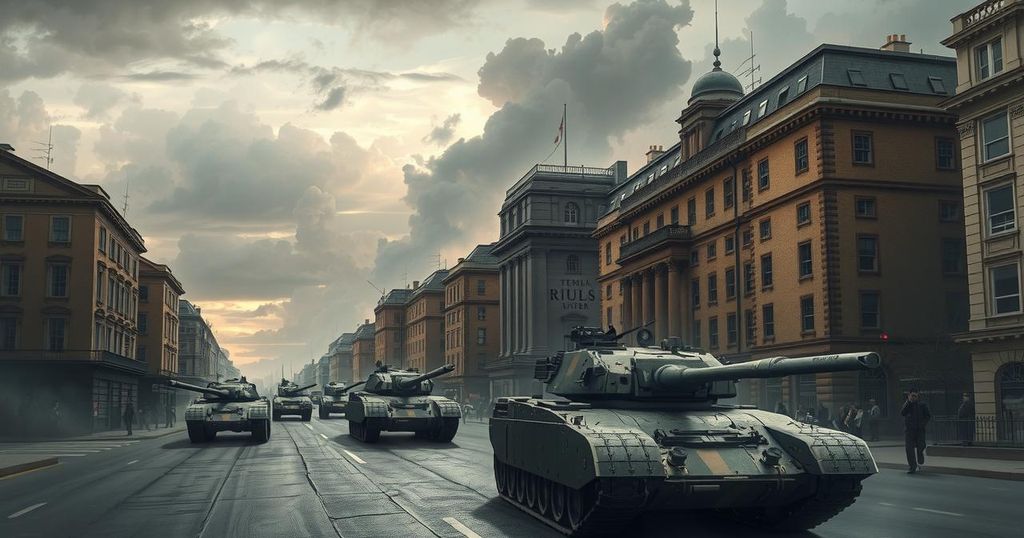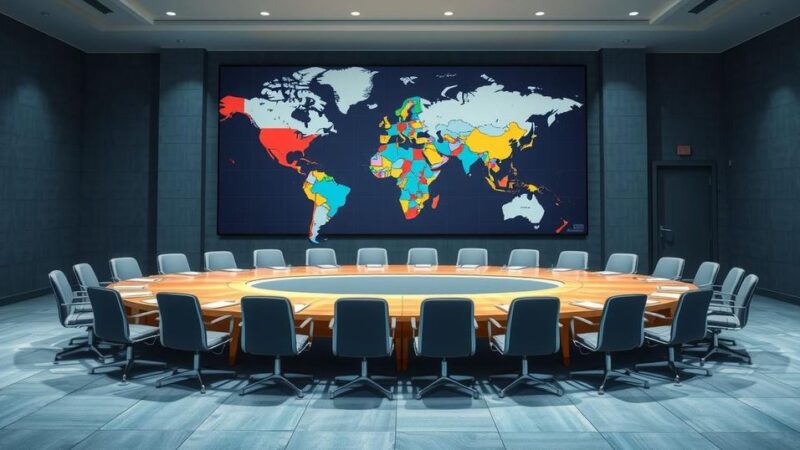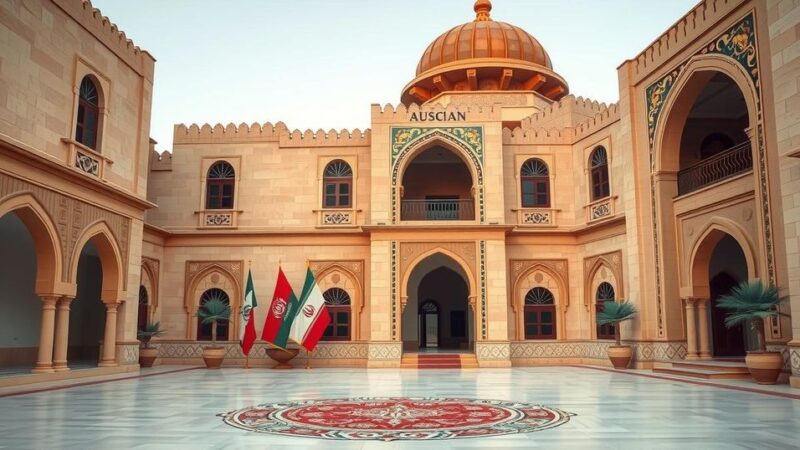Sudan’s military has recaptured several key buildings in Khartoum from the RSF, including the presidential palace. Despite these advances, the country remains divided, with the RSF controlling significant areas in western Sudan. Reports indicate numerous civilian casualties amid ongoing battles.
On Saturday, Sudan’s military announced significant advances in central Khartoum, having recaptured several critical facilities from the control of the Rapid Support Forces (RSF). Army Chief Abdel Fattah al-Burhan had previously vowed to achieve “full liberation” after the successful reclaiming of the presidential palace, further indicating ongoing efforts to exert military pressure on the RSF in the city center.
The military has reported the retaking of several key structures, including the Central Bank, the state intelligence headquarters, and the Sudan National Museum. Despite these gains in the capital, Sudan remains divided, with the army primarily controlling the eastern and northern regions, while the RSF continues to maintain authority over the western area of Darfur and parts of southern Sudan.
In North Darfur, activists reported that dozens of civilians were killed in a paramilitary attack that occurred hundreds of kilometers away from Khartoum. The violence has escalated since fighting erupted in April 2023, resulting in many national institutions in central Khartoum being looted and overrun by RSF forces during the initial phases of the conflict.
An anonymous source from the RSF confirmed a tactical withdrawal from certain locations in central Khartoum; however, he emphasized that the conflict is far from resolved, stating, “Our forces are now waging a fierce battle” near the airport. This implies ongoing resistance and a continued struggle for dominance in the region.
In summary, Sudan’s military has made headway in central Khartoum by reclaiming essential buildings from the RSF amid a larger conflict that has led to a divided nation. Despite these military successes, significant civilian casualties and ongoing tensions persist, particularly in conflict-ridden regions such as Darfur. The ongoing struggle highlights the fragility of the situation as both sides prepare for continued confrontations.
Original Source: www.scmp.com






